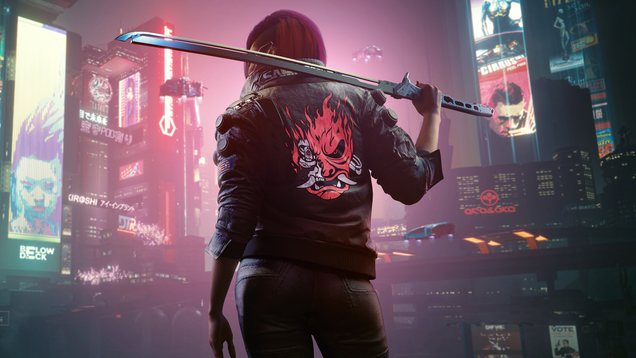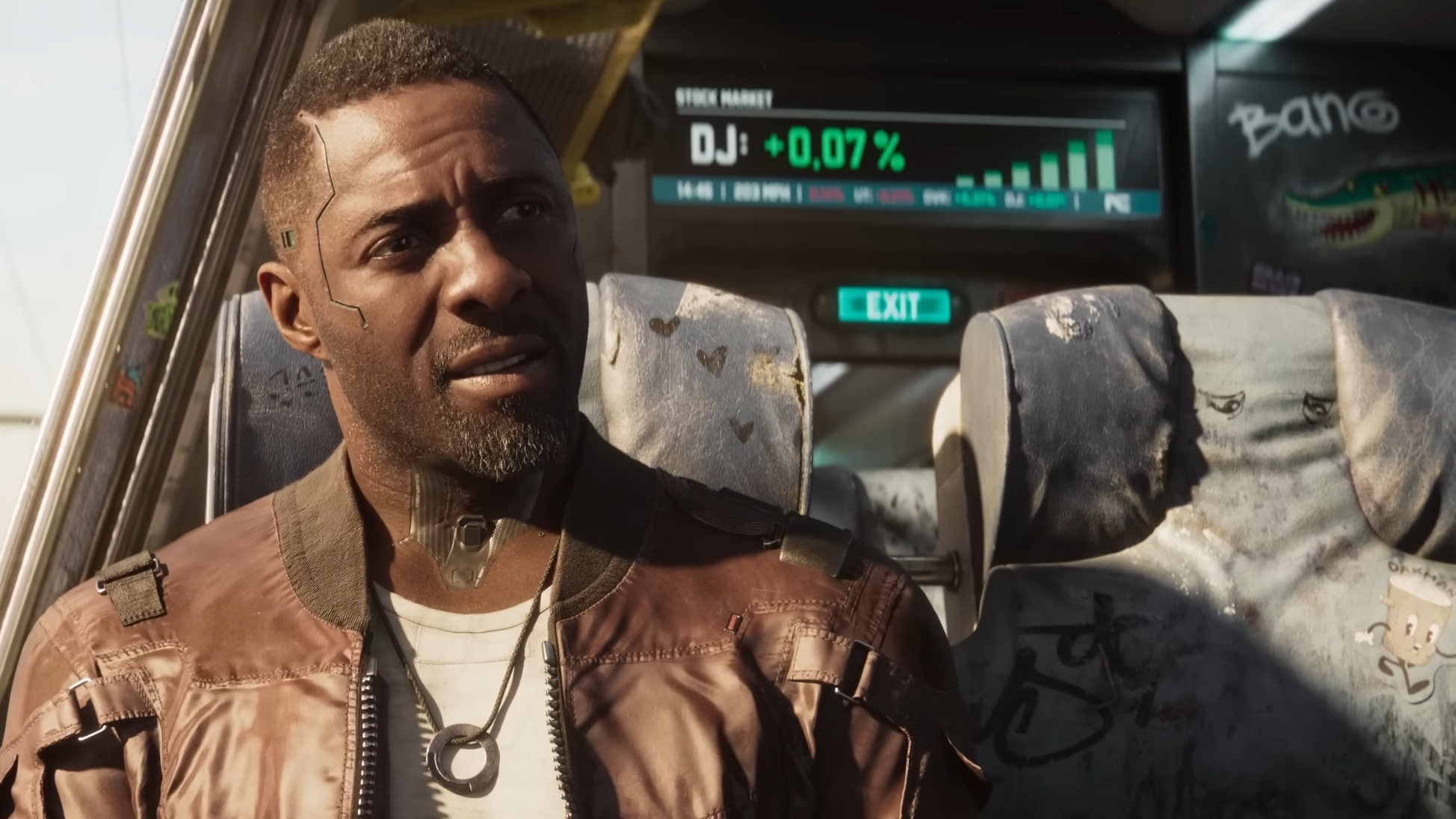Google Pixel 9a Review
Following in the footsteps of the Pixel 9 lineup, Google has at last introduced the budget-minded Pixel 9a. This new model trims here and there to deliver a phone that’s still built around a respectable Tensor G4 chipset and a bright OLED display while costing just $499. It’s a cute phone, but the ways Google has pared it back are fairly apparent. And aside from a seven-year update promise, the Pixel 9a isn’t quite pushing the boundaries of what a mid-range phone can be quite like others, such as the OnePlus 13R. And considering I’ve seen the Pixel 9 go on sale for $549 recently, the Pixel 9a may have a hard time selling itself.
Google Pixel 9a – Design and Features
Google’s efforts to reduce price on the A-series show themselves most clearly in the design. The Pixel 9a doesn’t look bad, but next to its full-fat siblings, it doesn’t stack up quite as well. Notably, the black bezels bordering the display are girthier, and though they are pleasingly even all around, they still stick out more than those on the Pixel 9.
I can’t knock the plastic back of the Pixel 9a, as it actually feels surprisingly glassy and should prove far less prone to shattering than glass. Google ditched the signature camera bar for a smaller and simpler camera bump housing the two rear cameras. While this improves the thinness and pocketability of the phone, it gives it a more bland look. Dropping the camera bar also didn’t profoundly impact the size of the phone, as it ends up larger all around than the Pixel 9.
At least Google went in for splashy colors, with the Peony colorway tested here offering a vibrant appeal and a matching frame. Google also saw fit to bump up the protections on the Pixel 9a, giving it upgraded water resistance compared to last year’s model. It now boasts an IP68 rating to withstand dunks under water. That should help the Pixel 9a to better survive the seven years it will receive software support.
Though Google makes no note of this, the Pixel 9a is curiously attracted to magnets. The phone isn’t Qi2 certified, but that may not stop it from working with Qi2 chargers. I found a Mag Safe wallet snapped onto the back of the Pixel 9a well enough. It was a little weak and slid around too freely because of the smooth back of the phone. But if you have a stationary bedside MagSafe charger with a strong magnet and grippy surface, it would probably work.
The display only gets a Gorilla Glass 3 cover. It hasn’t scratched or cracked in my limited time testing, but it’s very likely not going to withstand as much as the Gorilla Glass Victus 2 covering the front of the Pixel 9. That display is otherwise very similar to what you’ll see in the Pixel 9. It measures 6.3 inches, has a 1080×2424 resolution display, and hits peak brightness of 1800 nits in HDR content and 2700 nits for small highlights. It’s a great looking display and easy to see in most conditions, but it misses out on some of the advantages offered by LTPO OLED displays found in the likes of the OnePlus 13R, like the ability to drop down to 1Hz for extra battery savings.
The display is paired with decent speakers. They get sufficiently loud to listen to at a distance in a quiet room. They’re not terribly distorted at max volume either, though they do duck a little so it’s better to avoid max volume for music, as the EQ will be inconsistent.
To unlock the Pixel 9a, you can use a fingerprint scanner underneath the display or facial recognition. The latter works quickly, but I’ve had more frequent issues with the fingerprint scanner failing to recognize my finger.
While the Pixel 9a is a proper 5G phone, its support isn’t as complete as its siblings. The Pixel 9 and 9 Pro models can support mmWave for ultra-fast connections in certain regions, but the Pixel 9a is limited to 5G Sub-6. This can still be fast, and it reached over 200Mbps in my testing, but it’s just not as fast.
Google Pixel 9a – Software
The Pixel 9a comes running Android 15 and will be supported for seven years from its launch with software and security updates. Like the other Pixel phones, Google’s customizations create a very simple software experience. Google streamlines user customization options, and avoids overcomplication, but this also limits the freedom to set the device up how you like it. I’ve been a long-time opponent of the changes to the quick settings menu on Pixels given how little information you can get at a time, and there’s no getting around it. Google also limits the homescreen app grid to 5×5 or smaller. Thankfully, there’s nothing too egregious about the software – other than maybe the Google app, which lives to the side of the home screen, including advertisements. It’s an overall good experience. And if you’re after AI capabilities, the Pixel 9a supports a great many of those coming from Google.
Google Pixel 9a – Gaming and Performance
One of the big promises of the A series is that they don’t skimp on performance compared to the main versions. The Pixel 9a comes running on Google’s Tensor G4, the same chip found even in the top-tier Pixel 9 Pro. For everyday performance, this is more than up-to-snuff, with the phone switching between apps, browsing the web, and operating smoothly all around.
Considering this, it should come as little surprise that its performance is in the same ballpark as the Pixel 9 and 9 Pro. Across Geekbench and 3DMark benchmarks, the Pixel 9a performed within just a few percentage points of the other two. The only exception was the Pixel 9 Pro’s better single-core performance and the Pixel 9a’s better Geekbench 6 GPU performance. That latter win was evidently just the result of newer operating software that Android Authority reported boosted GPU performance (an update the Pixel 9 and 9 Pro were not privy to at the time of testing). With the Pixel 9 updated, it actually saw its Geekbench 6 GPU performance leap back ahead of the Pixel 9a, though 3DMark tests were largely unchanged.
Despite the plastic back, the Pixel 9a also manages its thermals fairly well. It can get a little warm, but I’ve never felt it threaten to sear my hand or even prove uncomfortable to hold, even after downloading Wuthering Waves and compiling shaders – a daunting task for any phone. And in 3DMark’s Steel Nomad Light stress test, the Pixel 9a only saw its performance sink by 19.7%. That’s right in line with the performance range and throttling of the Pixel 9 and 9 Pro, but it’s also enough to hinder performance in games. The phone struggled to keep up performance playing Wuthering Waves maxed out at 60fps when it had warmed up, exhibiting frequent stutters. But dialed back down to balanced graphics settings, it managed smoother gameplay.
While the performance is good, it’s not excellent. Putting this into perspective. The iPhone 16 comes close to doubling the Pixel 9a’s Geekbench 6 CPU scores, nearly triples its GPU score, and has a dramatic lead across all of the 3DMark benchmarks. The Tensor G4 is no beast. On the Android side of the fence, the Pixel 9a is also thoroughly shown up by the OnePlus 13R, with Google offering 20 to 50 percent less performance in our benchmark suite.
The Pixel 9a can operate and game well enough. But mobile games have seen their demands grow quickly. A phone that can play Genshin Impact and Wuthering Waves today may be brought to its knees by whatever games supplant them in a couple of years. Google also only included 8GB of memory on the Pixel 9a. This is still enough for everyday operation, but with AI applications relying on memory, it could prove a hard barrier for larger models.
Keeping the party going is a 5,100mAh battery – an upgrade over what you’ll find in even the Pixel 9 Pro XL. That gives the Pixel 9a plenty of juice for all-day use, and if you’re a light user, don’t be surprised if you can make it through two full days without needing to recharge. Running the phone at 50% brightness and streaming a movie over Wi-Fi, the battery dropped by only 4%, making it a solid option for marathon streaming sessions.
Google Pixel 9a – Cameras
The Pixel 9a doesn’t get the same suite of sensors that the Pixel 9 did. Instead, it gets a slightly lower-quality 48MP main sensor and a much more basic 13MP wide sensor. Around front, it has a higher-resolution 13MP selfie camera. Here’s a closer look at the details:
- 48MP wide, f/1.7, 1/2”, OIS, EIS
- 13MP ultrawide, f/2.2, 1/3.1”, 120-degree FoV
- 13MP Selfie, f/2.2, 96.1-degree FOV
For what it’s worth, the Pixel 9a’s downgrades don’t make it a bad camera system. The main sensor is definitely the star of the show, though. It captures a good deal of light, can get a lovely bokeh in the right conditions, and brings out a ton of detail. Its colors are natural, for better or worse. That can mean realistic, lifelike images in most cases, though that also means photos taken on cold, overcast days are going to look as lifeless as they do in real life. The camera can punch in for slightly digital zoom and macros, but it’s not very impressive. It won’t hold a candle to optical zoom, like what you’ll find on the OnePlus 13R.
The ultra-wide keeps consistent color and lighting with the main sensor, which is always a plus. But it can struggle more readily with noise if it’s not shooting in bright conditions. It’s a serviceable complement to the main camera, but I wouldn’t use it for much more than well-lit landscapes
The Pixel 9a isn’t always smart about picking its shooting modes. While trying to snap a photo of my cats in a dim setting, it switched over to night mode, for instance. While that could let in more light, it also ensured the cats were a blur. In other cases, it swapped over to the macro shooting mode and ended up with worse focus than it might have had otherwise. The main sensor proves itself perfectly capable of some close-up shots.
The selfie camera on the front is a great little snapper. It can struggle to decide how it’s going to shoot in low-light, but even then it’ll get a decent shot. With better exposure, it captures great details.








